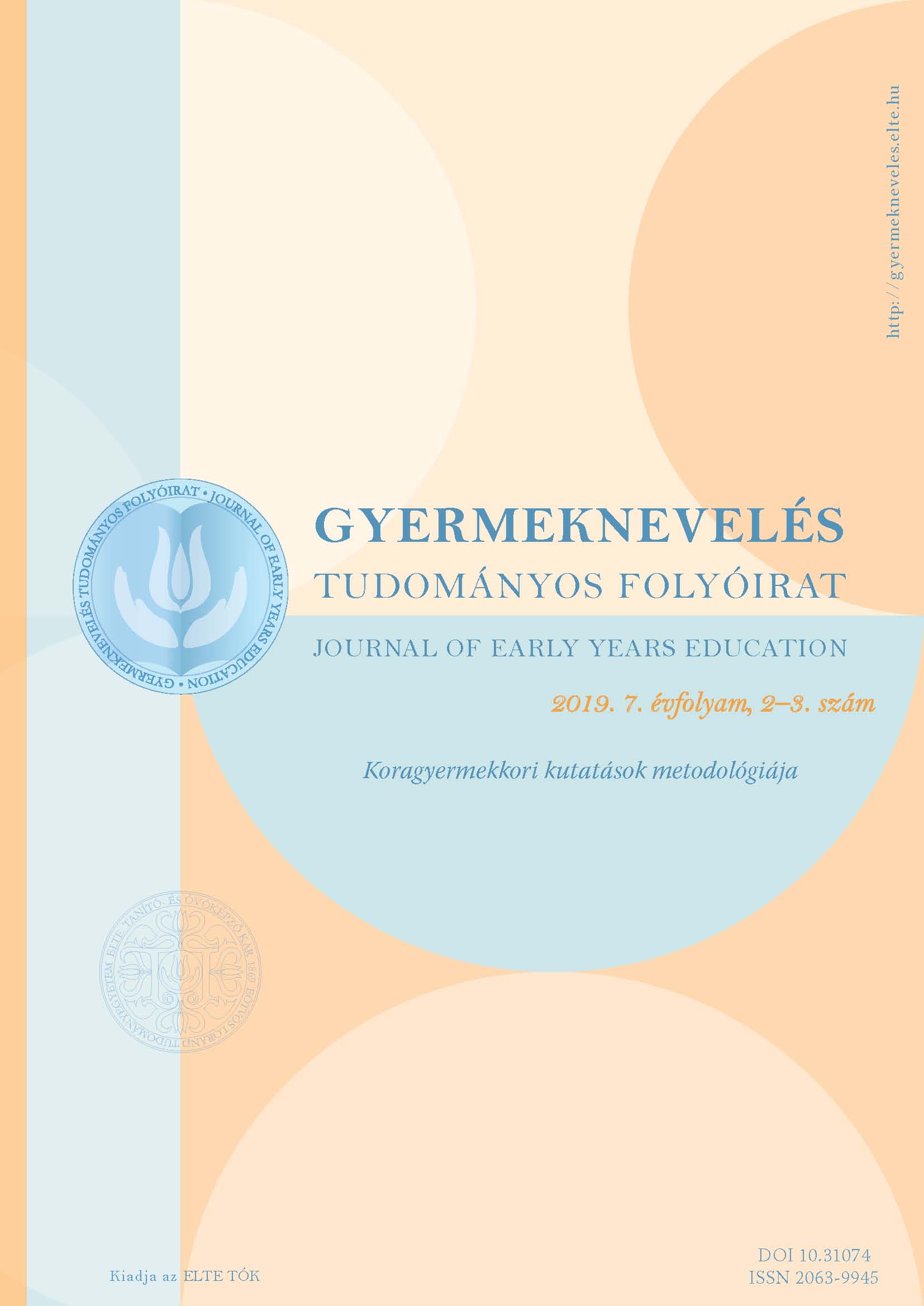Examining space usage of preschoolers in classrooms by using the method of space syntax
DOI:
https://doi.org/10.31074/2019234563Keywords:
space syntax, natural observation, kindergarten, socio-physical space usageAbstract
Investigating kindergarten classrooms has an extreme importance in the field of early childhood research. Kindergarten can provide – among others – an example for effective use of socio-physical space and developing a socio-physical competence. Hence in kindergarten environments it is very important to make it easier for children to experience this efficiency. In the present study we are examining kindergarten environments and the space usage of both children and educators from an environmental psychological approach used by architects namely space syntax. Our exploratory research aims to understand the space usage of children and educators applying space syntax measurements. Natural observation was used for the research. Based on our results kindergarten educators spend more time in areas that are more difficult to access physically, but children also spend a lot of time in such areas. Space usage of children is best predicted by visibility, which means children choose areas that are visible from most vantage points within the classroom. In our opinion, the environmental psychology analysis with the approach of space syntax is useful for kindergarten educators and architects when designing, shaping classrooms.
Downloads
Downloads
Published
How to Cite
Issue
Section
License
Copyright (c) 2020 Author

This work is licensed under a Creative Commons Attribution-NonCommercial-ShareAlike 4.0 International License.

